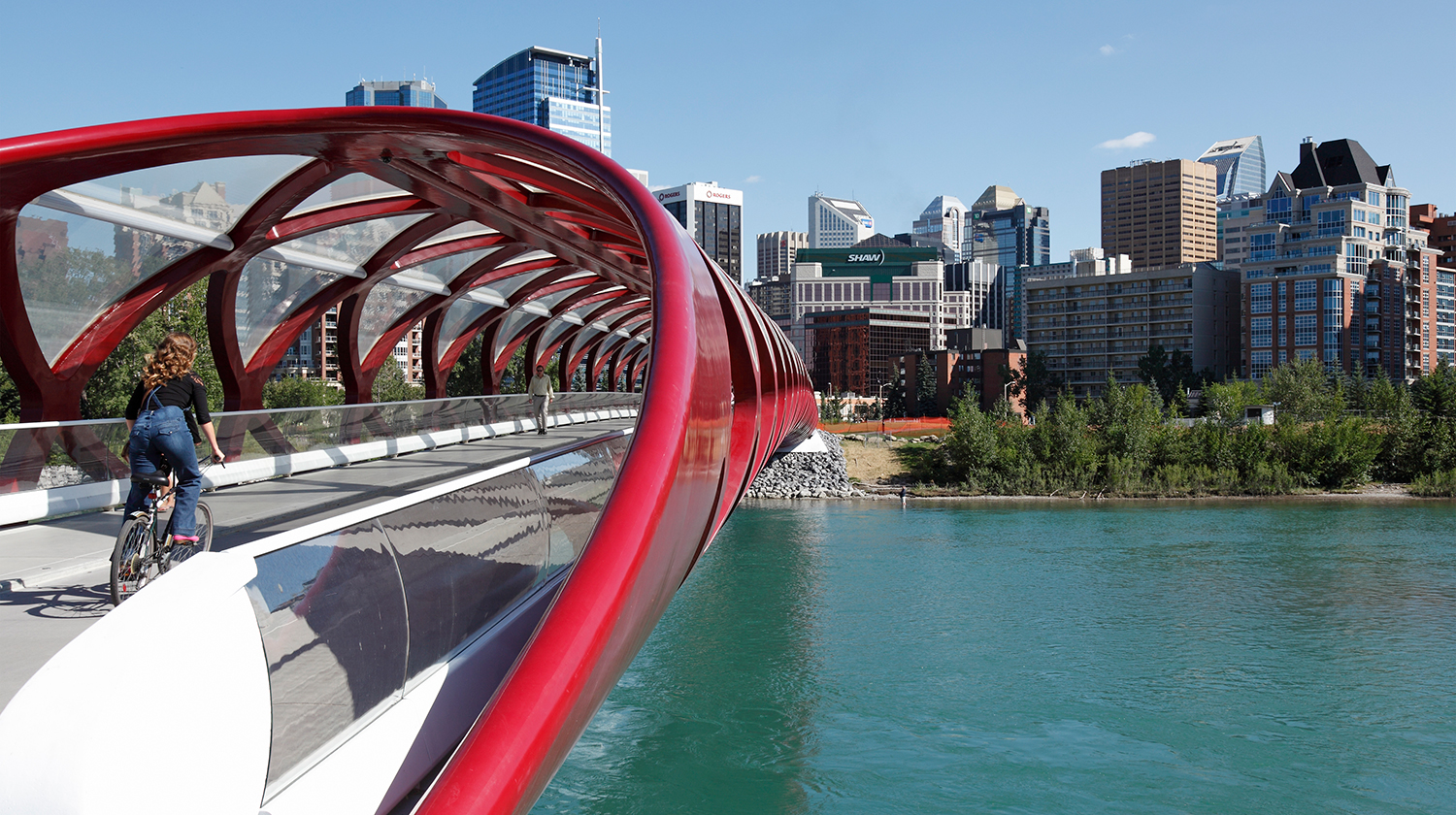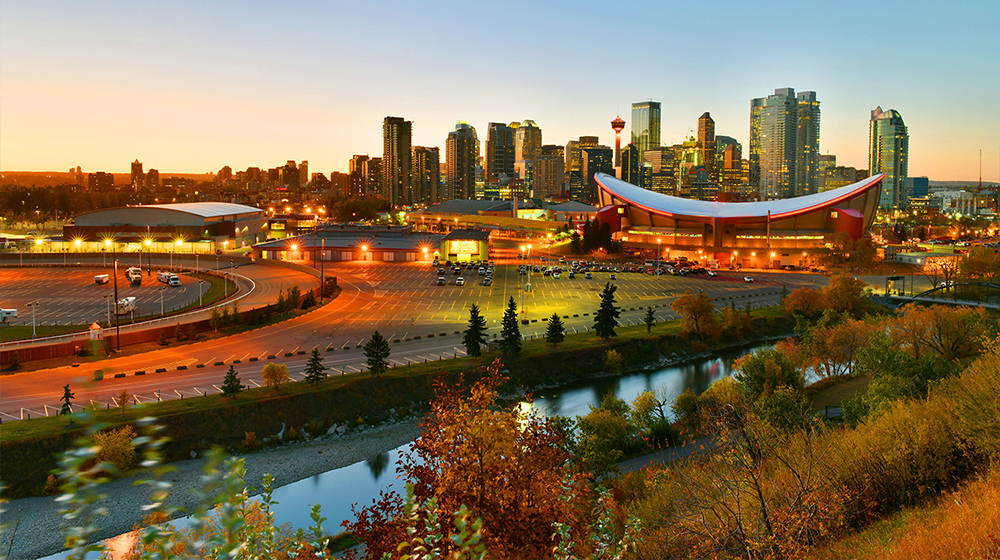Energy capital grows its green economy
Western Canada’s economic hub is taking action to manage risks associated with a changing climate and driving green job creation
Climate change is a risk multiplier. From flooding to heat waves, winter storms to drought and wildfires, it poses increased risks for communities and cities across the world.
As a northern, cold-weather country, Canada has already witnessed its climate changing more than the global average. In fact, the annual average temperature has risen by 1.6°C over the last 70 years – compared to a global average of around 1°C.
Calgary is no stranger to these rising climate extremes. The city recognizes these risks and is integrating climate resilience into its planning to ensure its long-term ability to deliver reliable vital services, while minimizing costs.
Strategic planning
In June 2018, Calgary City Council approved the Climate Resilience Strategy. The strategy aligns with the national strategy called the Pan-Canadian Framework on Clean Grown and Climate Change, and outlines the City’s strategies to reduce contributions to climate change by improving energy management and reducing greenhouse gas emissions (climate change mitigation); and to respond to a changing climate by implementing risk management measures to reduce the impact of extreme weather events and climatic changes on infrastructure and services (climate change adaptation).
The Climate Resilience Strategy targets 80 per cent reduction in community-wide emissions below 2005 levels by 2050, and aims to provide strategic oversight to climate-related activities in Calgary.

Taking action on emissions
A variety of climate-related initiatives are tied to The City of Calgary’s work towards meeting its goals, such as a bio diesel pilot for vehicles, sustainable building practices and the early adoption of LED technology (retrofitting more than 80,000 public street lamps). The city’s transportation network is also being enhanced with the addition of the Green Line. This new light rail system will add 46 km to the city’s existing network and will connect citizens, businesses and the new South Health Campus. The first stage of the project - expected to be complete in 2026 – will build the first 20km of the route and is expected to cut 30,000 tonnes of CO2e from the city’s traffic emissions every year. The Green Line will be built in stages according to funding availability with a goal to be completed around mid-century.
Situated in the Canada’s energy hub – Alberta - with an electricity mix heavily weight towards coal and natural gas, Calgary continues to look towards renewables as a way to build the city’s resilience, both from climate change and fluctuating prices of fossil fuels.
In 2012, the city approved a motion to purchase 100% renewable electricity to cover all electricity consumed in City operations. This policy resulted in electricity provider, ENMAX, constructing and operating two wind farms with a total capacity of 144 MW in southern Alberta. Additionally, the city has installed more than 3000 kW of solar photovoltaic systems on city-owned facilities.
Warren Brooke, Business Strategist at Calgary’s Climate Change Program said:
“Calgary has been a leader on climate action for over a decade now. We’ve been at the forefront across the province and the country, piloting strategies to reduce our emissions and increase our resilience. Making CDP’s A List in 2018 has been a great recognition of our work to date.”
Green jobs for the city
Diversifying to include low carbon energy is already providing businesses and residents with greater energy security, while boosting the city’s economy.
In fact, this diversification has resulted in employment for more than 15,000 Calgarians in sectors such as transportation, green buildings and energy efficiency. A recent study by Calgary Economic Development reported that the industry brings more than CAD$3 billion of investment into Calgary.

Tackling risk
In the long-term, addressing climate change ensures stable growth and prosperity. With its exposure to climate extremes – such as floods, intense storms and extreme heat days – the city is working to enhance resiliency and build its adaptive capacity.
The 2013 Southern Alberta flood resulted in approximately 80,000 people evacuated from their homes, a local state of emergency declared and as much as $6-billion CAD in financial losses and property damage across Southern Alberta. While it is difficult to attribute individual events to climate change, it is known that as the climate changes these kinds of events will become more likely and the city has to respond with new strategies. To examine such risks, the city conducted in-depth research in 2017 to establish baselines and analyze the risk and vulnerability of infrastructure, people and natural environment.
This information then provided the foundation for Calgary's “Climate Adaptation Action Plan,” which aims to identify the risks and vulnerabilities, and provide an iterative process to risk management that will be revisited and updated every five years.
Future-focused Calgary
Calgary is future-focused. The city understands the real need to reduce emissions and develop its green economy. Unchecked and unmanaged, climate change hazards will have worrying implications for the city.
Building climate resilience and working with stakeholders across the community to do so is top of The City of Calgary’s agenda.
Calgary is working to ensure a safe, economically prosperous and climate resilient city for generations to come.
